The Ping i200 iron succeeds the Ping i iron and sees the return of suffix numbering to the line-up after the i led the numerical purge.
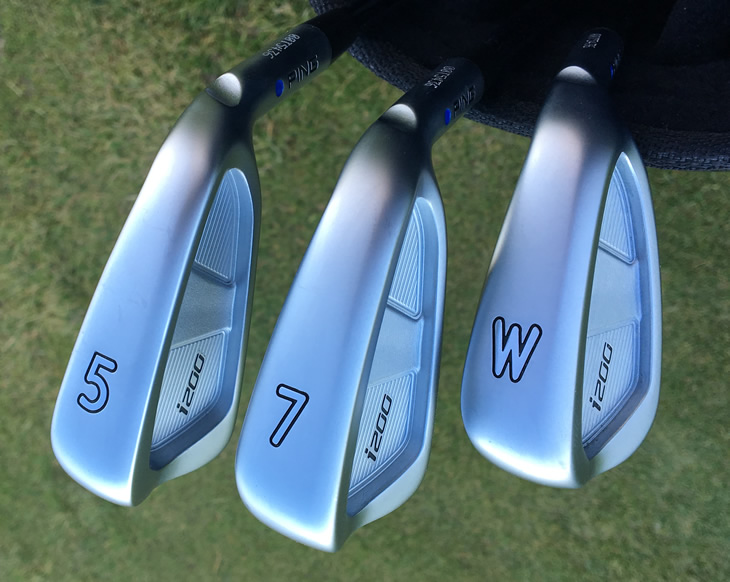
Now we know where Ping's naming is likely to be going post single letter, but reassuringly the concept of the i franchise remains the same.
This offers distance and forgiveness in a cast 431 stainless steel head and once again Ping has managed to combine mid-sized, better player looks with forgiveness in a clean and classy looking iron that should appeal to category 1 and 2 golfers.
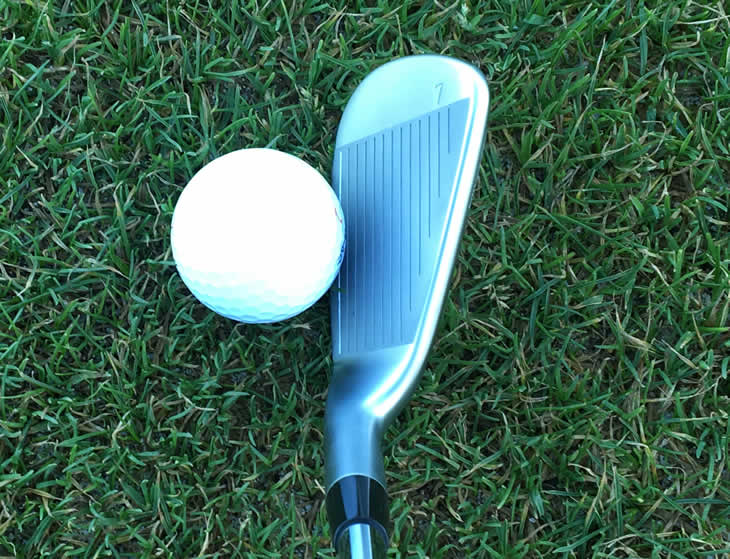
The design on the back of the cavity looks like a larger version of the Ping S55 iron with the semi-muscle back T bar placing more weight behind the main impact points.
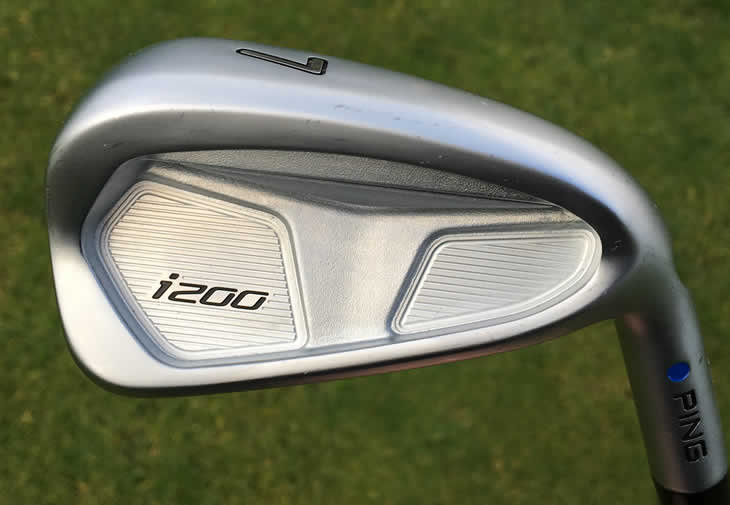
The score lines in the cavity also have hints of a TaylorMade RAC OS about them, but enough of the pattern comparisons as I think the i200 looks cleaner and a more serious than the i irons.
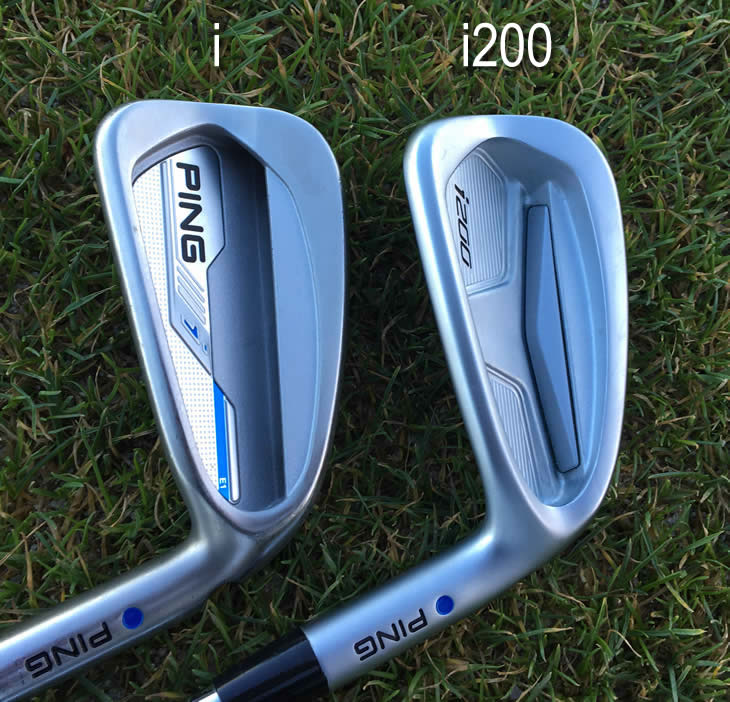
The style is now more in keeping with Ping's other better player irons like the iBlade and the Glide wedge.
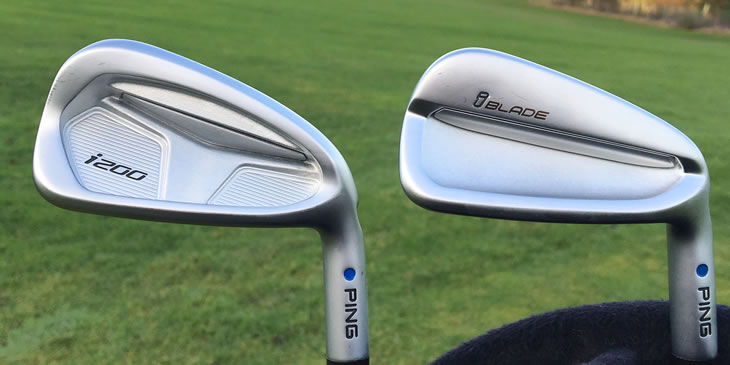
The face is 30% or 1mm thinner at just 2.31mm to make it a little faster at impact and this saved weight is spilt between the hosel and toe area of the club to increase the MOI by 7%. This seems impressive for such a small amount of material and Ping say that the MOI is now the same as the previous game improvement Ping G15 iron.
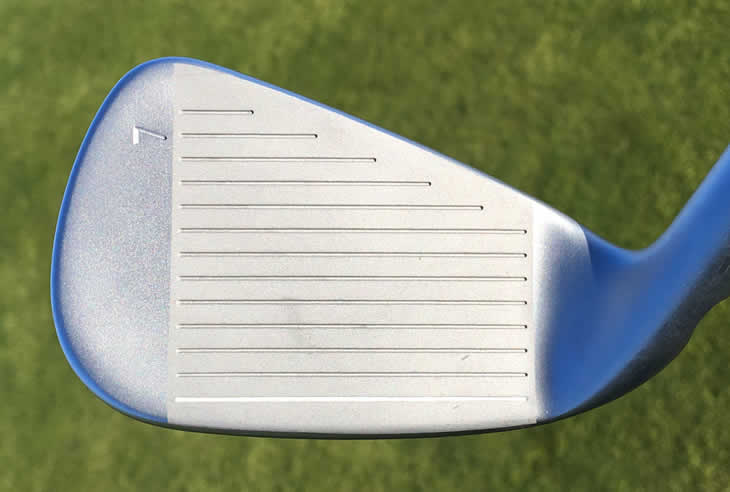
The cavity is where the most visible technical change can be seen as the silver elastomer Custom Tuning Port (CTP) is nearly twice the size and sits in the open rather than hiding behind the rear lip of the cavity in the i iron.
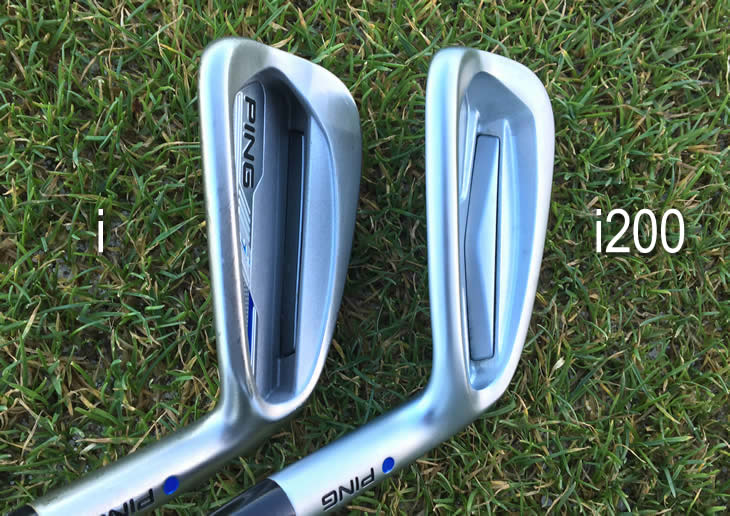
The pocket for the CTP is deeper than before and there is more of the elastomer that Ping says is 'activated' at impact to modify the sound and feel.

This is reflected in some slight tweaking of the lofts with the 3 and 4 iron 0.5° to 1° weaker, the 5 iron was the same and then the 6 to 8 irons were 0.5° to 1° stronger. Really this is just to keep the peak height the same and have consistent 3° gaps, so not too much should be read into this.

The i200 irons arrived wrapped up as usual for new clubs, but they also had this protective film over each of the individual numbers which I had not seen before.
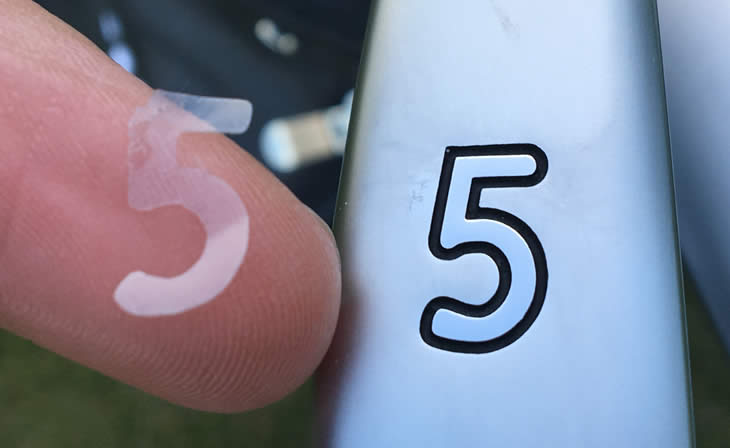
I guess it keeps it shiny (until you hit them) and the finish is classy although the font, which is also on the iBlades, could maybe look a little more sinister for a golfing weapon in this sector.
Another numerical issue that bothers me is the return of Ping putting the number on the face of the iron so your opponent is more likely to see what club you are hitting. But hey, what's in a number these days, as it is almost better to ask "what loft did you use"?
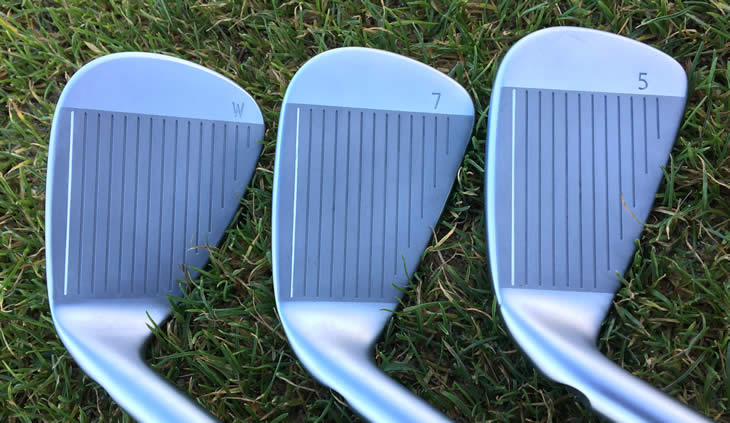
The i200 irons come with the Ping AWT 2.0 steel shaft as standard. The AWT stands for Ascending Weight and the shafts get heavier as they get shorter so that you have more control in the short irons and a lighter shaft for more club head speed in the longer irons.

It's a reasonable concept, but not one that I am mad about as I prefer the consistent shaft weight through the set. However it's not a big deal as there is a choice of another seven steel and graphite shafts through Ping's custom fitting.
Certainly the feel through the i200 at impact was softer than the i-Iron, which is a nice change. The sound was also a little more muted, maybe a little too much for players who like to rely on sound for feel and feedback.
However in some ways that is what the Ping iBlade is for as that gives you more of the sound/feel thing in a similar sized head. The i200 has that larger cavity for greater forgiveness and this therefore brings some compromises when it comes to sound and feel, but in a good way.
Why you would have the i200 over the iBlade is because it offers more margin for error and a higher launch and certainly the thicker top line, longer head and more offset combine to make this the hybrid iron for better players.
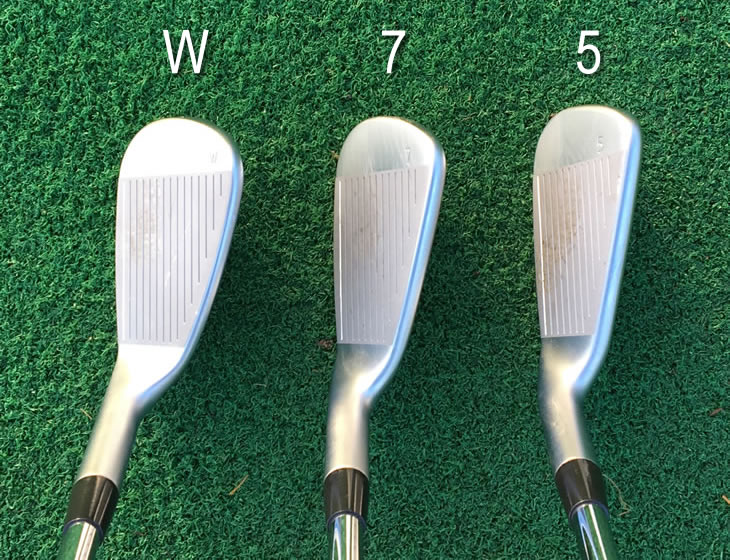
There is a higher leading edge on the sole to increase bounce and improve turf interaction and certainly this was a good as before.

The matt Hydropearl finish that was first seen on the original Ping Glide wedges returns again to waft you through the turf with the minimum of frictional fuss. The relief around the rear of the sole and in the heel and toe area also makes this a very forgiving all round club.
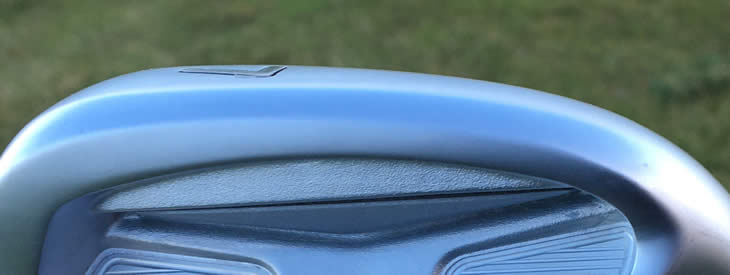
Right through the set I felt that this was a very solid set of irons that delivers the usual Ping blend of forgiveness and consistent performance with being too flashy about it.
Ping loyalists will no doubt love them and rightly so, but they may have their work cut out against similar models that have more sizzle, even if they don't serve performance up on a plate as well as the i200s do.